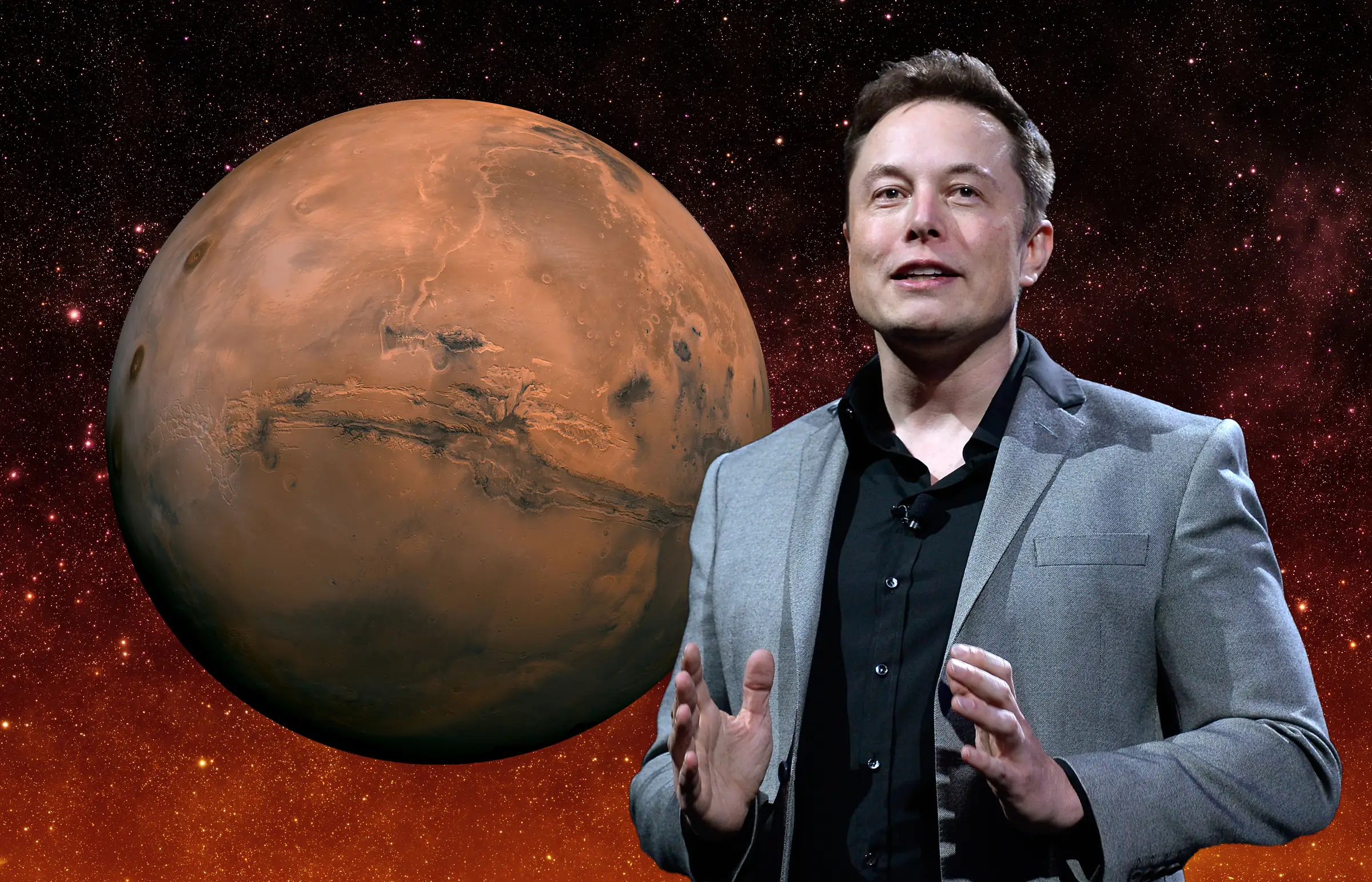Elon Musk, the visionary entrepreneur behind SpaceX, has once again captivated the world with his audacious plans to establish a human presence on Mars. Musk recently revealed that SpaceX intends to launch five uncrewed Starship missions to Mars within the next two years, with crewed missions potentially following as early as 2028, if all goes according to plan. This ambitious undertaking marks a significant leap forward in humanity’s quest to explore and potentially colonize the Red Planet.
Starship: The Key to Mars
At the heart of this audacious plan lies Starship, SpaceX’s revolutionary spacecraft. This fully reusable vehicle, designed for both Earth-orbit and interplanetary missions, holds the potential to drastically reduce the cost of space travel, making Mars colonization a more feasible prospect.
Uncrewed Missions: Paving the Way
The initial phase involves launching five uncrewed Starship missions to Mars. These missions will serve as crucial testbeds, assessing the spacecraft’s ability to land safely and operate effectively in the Martian environment. They will also gather valuable data on the planet’s surface and atmosphere, informing the design and planning of future crewed missions.
Crewed Missions: A Giant Leap for Mankind
Should the uncrewed missions prove successful, SpaceX aims to send the first humans to Mars as early as 2028. This historic event would mark a monumental achievement in human exploration, opening up a new frontier for scientific discovery and potential colonization.
Building a Martian City: A Long-Term Vision
Musk’s ultimate goal is to establish a self-sustaining city on Mars, capable of supporting a population of one million people. This ambitious endeavor will require overcoming numerous challenges, including developing technologies for resource extraction, food production, and habitat construction in the harsh Martian environment.
Challenges and Uncertainties
While Musk’s vision is inspiring, the road to Mars is fraught with challenges and uncertainties. The technical hurdles involved in developing and operating spacecraft capable of interplanetary travel are immense. Moreover, the long-term effects of living in the Martian environment on human health and psychology remain largely unknown.
A Vision for the Future
Despite the challenges, Musk’s bold vision has captured the imagination of people around the world. The prospect of establishing a human presence on another planet represents a profound leap forward for our species. It offers the potential to expand our understanding of the universe, ensure our long-term survival, and inspire generations to come.
Musk’s Mars Mission: Key Takeaways
- Ambitious Goal: Establishing a self-sustaining city on Mars.
- Starship: The revolutionary spacecraft designed for interplanetary travel.
- Uncrewed Missions: Crucial testbeds for assessing Starship’s capabilities.
- Crewed Missions: Potentially commencing as early as 2028.
- Challenges: Technical hurdles and unknown long-term effects of living on Mars.





